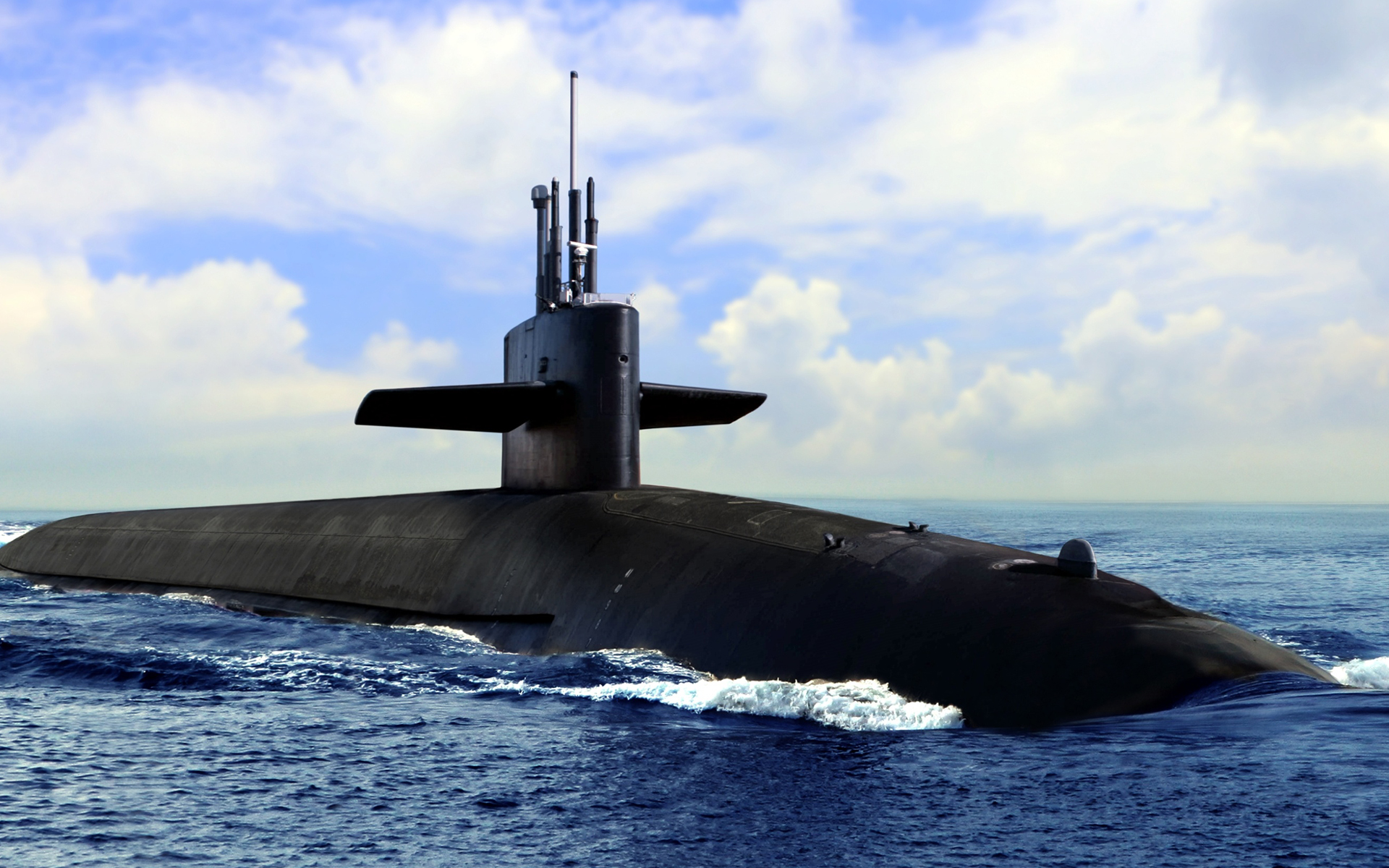
Once again IBM has disappointed with weak earnings and a forecast below what was expected. In the past 2 years the market has been up 35% while Big Blue is down almost 25%. Now, rumors have spread that over 10,000 people are going to lose their jobs.
What’s going on? Strategic issues are blamed but the problem is more fundamental than that: IBM is stuck in last century’s management model.
The recent troubles started in early 2013 when a surprise weak quarter triggered IBM’s downward spiral. Revenue had fallen 5% for the quarter and stock price took a hit. In response, the CEO, Virginia Rometty sent out a company wide video memo with the following message. We had a weak quarter, the reason was we failed to close deals we were on the cusp of closing, and the solution is for the front line salesmen to be more aggressive about bringing issues back to senior management and for senior management to commit to responding to the part of the team interfacing with customers “within 24 hours.” This way, those deals wouldn’t be held up. Sounds good, right?
Not so fast.
The employees on the front line, those interfacing directly with the clients, have the most nuanced and complete information about what the clients needs are and what is going on. Unfortunately, they don’t have the authority to make significant decisions such as changing product release times, pricing models, product design, or feature inclusion. That decision-making authority rests higher up the chain.
This response is limited because it does not solve the fundamental problem of the separation between information (at the bottom) and authority (at the top). In essence, the plan is to move information to authority faster. Additionally, it trains the organization that information follows the same channels as the chain of command; another limiting behavior.
During my time as Captain on board the USS Santa Fe, I saw the limitation of the systems of command in place, particularly in how our middle management (the chiefs) were treated. The authority of the Chief Petty Officers had long been eroded away, as the traditional leader-follower approach of the Navy established the practice of obtaining specific permission from the officers above perform a long list of activities, duties and evolutions. The institutional tiered leadership structure also channeled information to authority.
Something had to give.
I worked with the chiefs to come up with a solution that cut a fourteen-step process down to four-steps by pushing the authority to make certain decisions much closer to the people with the most nuanced information. We expanded the power of the chiefs several times over my tenure on the Santa Fe, gradually leading to the creation of a mechanism that listed one chief next to each event in all of our planning documents. This meant that we could shift our focus away from trying to evaluate all the ways an event could go wrong and onto one person – the “Chief in Charge.”
Distributing control by itself wasn’t enough. As it happened, our change of practice put requirements on the new decision makers (the chiefs and junior officers) to have a higher level of technical knowledge and a cleaner sense of organizational purpose than ever before. These “Chiefs in Charge” initiatives were instrumental in Santa Fe’s winning the award for the best chief’s quarters for the next seven years in a row.
We call the old system “pushing information to authority” and it is a hallmark of 20th century organizational design. We needed to push the information from the front line up to the executives who make the decisions. In turn, this information can be transmitted back down to the employees. We call the new system “pushing authority to information” and it is the hallmark of 21st century organizational design.
IBM needs to push authority to information. The process is simple, but it will take time to deconstruct the established system and build the necessary competence and clarity in the new decision makers. They should begin by taking the decision-making authority and push it down as close as possible to those employees who naturally have the most information. In this case, the CEO’s response would sound more like “what authorities and information do you need so that you don’t have to come back to the front office.”
As the organization grapples with this new model, IBM will generate more engagement, thinking and decision-making. The goal is to have effective, distributed, and rapid decision making while still maintaining unity of effort. Increasing revenues and profits are secondary, and will come if this fundamental shift in the leadership structure is established. The new system will reward those who have intimate technical knowledge of their jobs and highly nuanced understanding of what the organization is trying to achieve–no matter his or her job title.
It’s time for IBM to shift the power down to their employees, or “Chiefs in Charge,” where the information lives. Give the “Chiefs” the power, and the organization will grow leaders at every level.
Want to learn more? Check out – Turn the Ship Around!
Written for QZ

